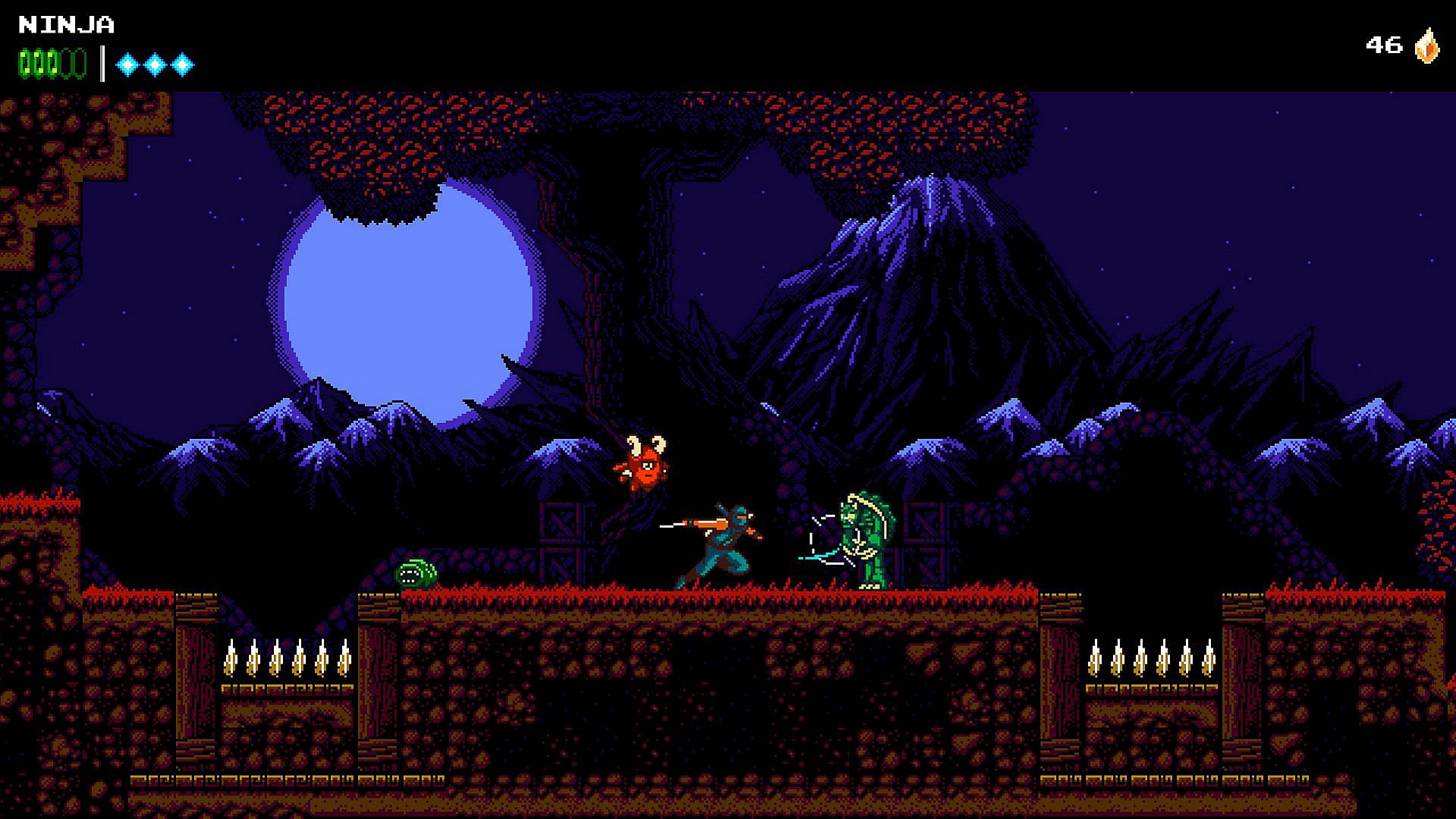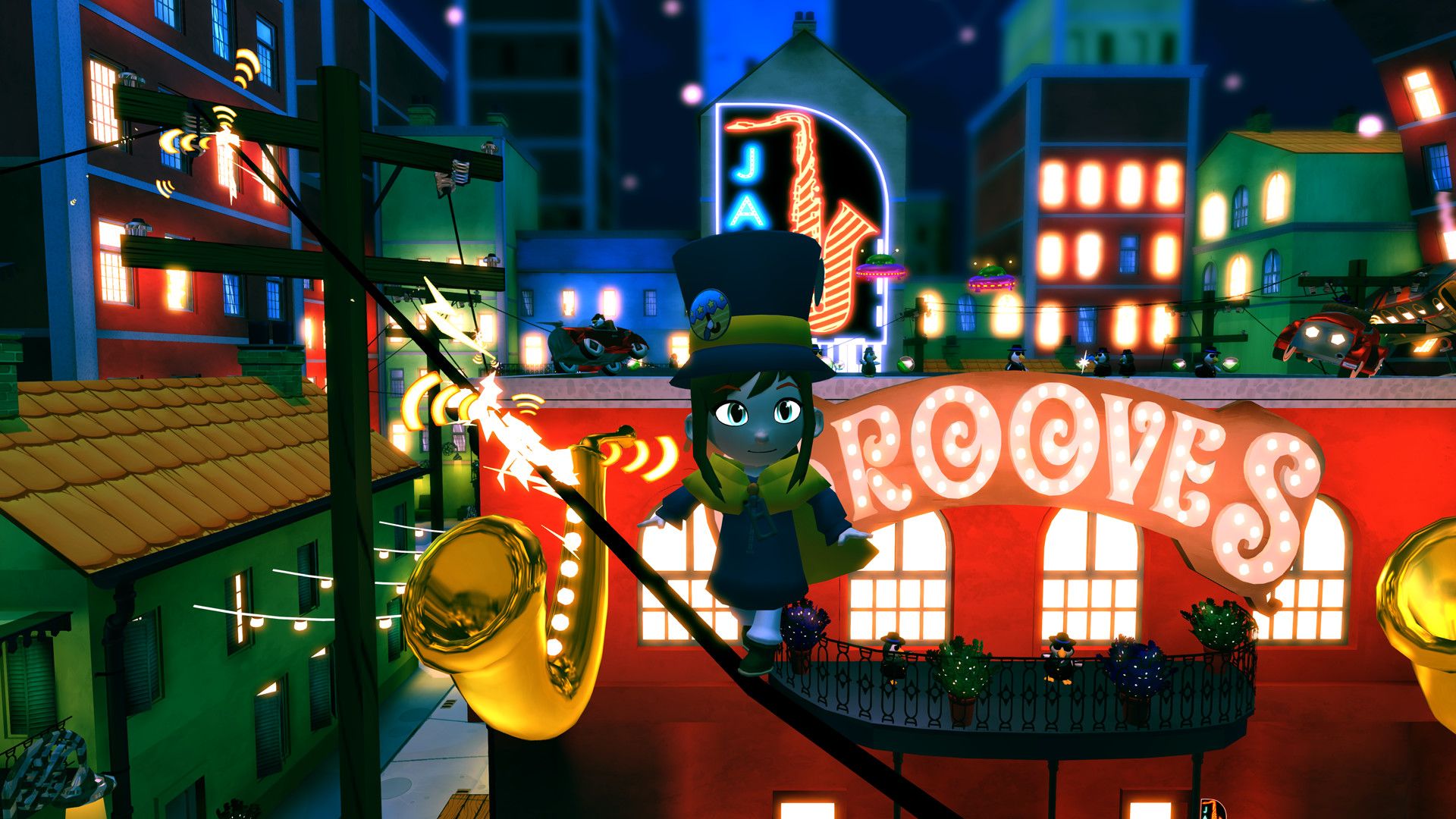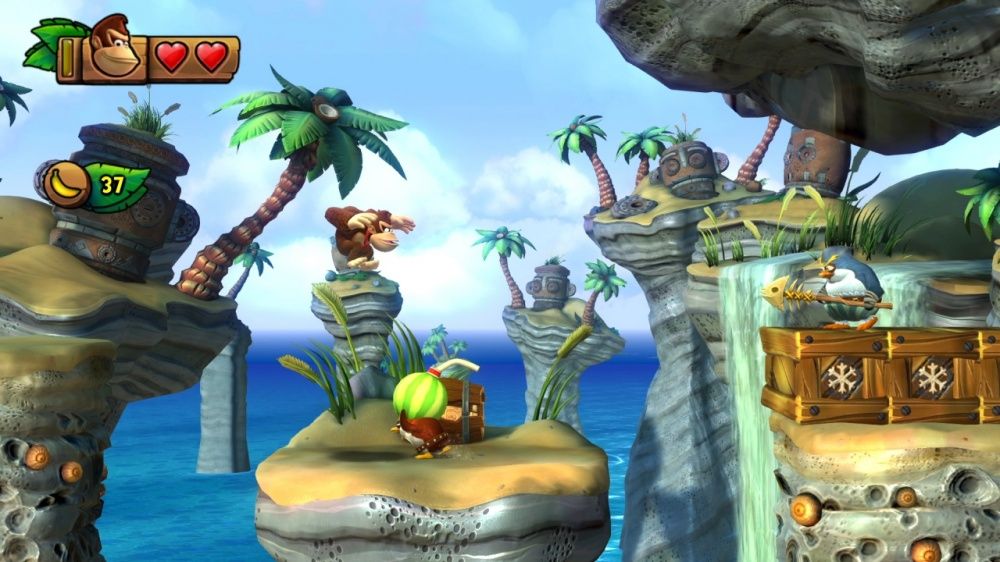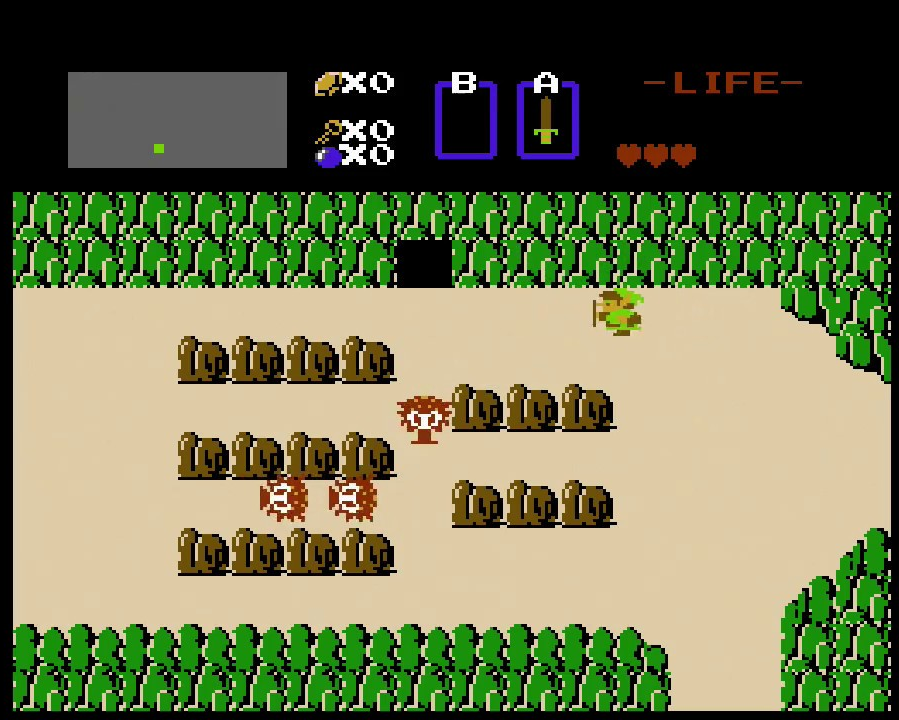While there are many genres of video games, almost all of them fall into one of two general graphical styles: 2D or 3D. The basic difference between these is obvious, but there's a lot more to consider when comparing 2D and 3D games.
Let's take a look at some of their history and common genres in both graphical styles, as we explore the differences between 2D and 3D games.
What Are the Differences Between 2D and 3D Games?
In case you're not familiar, or want to consider the basics first, let's define how these types of games are different. It's important to note that there are many different types of 2D and 3D games, so these are not absolute.
2D Games Explained
2D games, as their name suggests, are titles with only two axes of motion. Typically, these are "flat" games where you can move left and right as well as up and down. An example is Celeste:
Because they don't have as many options for movement, 2D games are often simpler than their 3D counterparts. Many 2D games are linear, meaning that your primary objective is simply to get from the start to the end of a level.
In addition, the controls in 2D games are often relatively simple. Because your character doesn't have a full range of 3D motion, they have fewer possible movements and interactions with other objects.
In a lot of 2D games, objects exist as something called a "sprite", which is the name given to a small image mapped onto a larger image. Due to the 2D landscape, every sprite has X/Y coordinates that details exactly where it's located. These are flat images, unlike 3D games where you can view the objects from any angle you like.
The camera in 2D games is also greatly simplified. It typically looks straight at the game from the side, so there's no perspective like in 3D titles. Some 2D games use an effect called parallax scrolling, which scrolls the background at a different speed than the foreground to create the illusion of depth.
Because of this, character control is also much easier. In a 2D game, tilting your control stick to the right simply moves your character in that direction. But in a 3D game, tilting your control stick to the right moves your character based on the camera and the way they're currently looking.
3D Games Defined
3D games, by contrast, include full movement through three-dimensional planes. This means that the player is able to move around in a "real world" setting where they can turn 360 degrees, and in which objects have length, height, and depth. An example is Super Mario Odyssey:
As you can tell, 3D games are much more complex than 2D games. One of the biggest differences is the camera perspective. In many 3D games, you can move the camera independently of your character, which lets you look at the game world from various angles.
Instead of flat sprites, you can see what your character looks like from above or from a 45-degree angle. Moving the camera to an optimal position can be the key to solving puzzles or completing tricky jumps.
Character animations are much more complex in 3D games. Instead of simple sprites that might only have a few preset animations, 3D models react to other elements in the world around them. Their animations flow into each other to create a more fluid look, compared to the comic book-like feel of many 2D games.
Instead of the pre-rendered objects used in many 2D games, 3D games render textures on surfaces to make them look like solid objects. In complex 3D games, elements like light and sound can behave like they do in real life.
This increased complexity affects the gameplay, too. Instead of simple "reach the end" objectives, many 3D games task you with fully exploring a space, solving physical puzzles, and more.
The History of 2D and 3D Games
Let's take a look at the history of these graphical styles to help understand their impact and how they have changed over time.
2D Games: Simple But Effective
Early video games were incredibly primitive, so it's no surprise that they had to use a 2D graphical style. Text-based games were popular in the 1970s, which relied entirely on reading and entering text to interact with the game. But once video games advanced to using actual visual graphics, using three dimensions wasn't even possible yet, so 2D became the norm.
Early video games, such as Pong in arcades and the Magnavox Odyssey home console, used basic shapes in 2D planes. You certainly had to use your imagination to picture playing tennis or hockey on these platforms.
Even as video game consoles became more advanced, 2D graphics were the norm until the mid-1990s. The NES, Super Nintendo, and Sega Genesis featured almost all 2D games, such as platformers, sports games, puzzle titles, and similar.
Some games were able to achieve simplistic 3D gameplay, such as Star Fox in 1993. This was impressive for the time, but the SNES just wasn't capable of handling proper 3D graphics smoothly. That changed with the next generation of consoles.
3D Games: Into the Future
The fifth generation of video game consoles, led by the PlayStation and Nintendo 64, finally made true 3D games possible. Thanks to the increased power of these consoles, developers could finally make games with full 3D movement.
Super Mario 64, which arrived in 1996 as a launch title for the Nintendo 64, was the first wildly successful 3D platformer and set the standard for years to come. Many of the PlayStation's top titles, such as Spyro the Dragon and Metal Gear Solid, were also full 3D games.
In the days since 3D became mainstream, consoles have become powerful enough to easily handle both 3D and 2D games. Let's look at how that plays out.
Popular 2D Genres
Since 2D games only exist on two planes, they lend themselves well to simpler titles. Let's look at some of the most popular.
Platformers
Platformers are one of the most common types of 2D games. Since your goal is typically just reaching the end of each level, running and jumping in two dimensions is a natural fit.
Examples include Sonic the Hedgehog and Rayman Legends. We've looked at the best 2D platformers if you're interested in exploring the genre in more detail.
Fighting Games
While 3D fighting games exist, classic fighting games appeared in 2D. These pit you and an opponent against each other in an arena where you can only move forward/backward and jump.
Examples include Street Fighter and Mortal Kombat.
Puzzle Games
Classic puzzle games, such as match-three titles or block-clearing puzzles, work in 2D as there's not much to them beyond moving pieces. 3D puzzle games are typically much more complex and involve puzzles based on movement.
Examples include Tetris and Bejeweled.
Common 3D Genres
With the advent of 3D graphics, many new game genres were birthed and others took on new forms. Here are a few of them.
First-Person Shooters
Since first-person shooters rely on you taking the perspective of someone holding a gun, they only really make sense in 3D where you can move around in a realistic space. This genre took off starting with Doom in 1993.
Examples include Half-Life and Call of Duty.
Hack and Slash Games
"Action" is a broad genre; the "hack and slash" subgenre refers to 3D titles with an emphasis on overcoming large groups of enemies using smooth melee combat strung together in combos. 2D games have a similar genre in "beat 'em ups," but hack and slash games can only exist in 3D thanks to the extensive combat options.
Examples include Bayonetta and Devil May Cry.
Racing Games
Simple racing games can exist in 2D, usually with top-down graphics. But almost all modern racing games are in 3D, taking advantage of modern graphics and more robust controls.
Examples include Forza Horizon and Need for Speed.
Where 2D and 3D Overlap
Hopefully, you now understand more about the differences between 2D and 3D games. We've looked at some examples of genres in each one, but it's important to note that these are not always hard-and-fast rules.
For example, many genres work in both 2D and 3D---platformers are a great example. While 2D platformers are usually straightforward, the extra dimension in 3D platformers gives them a lot more options. 3D platformers, like A Hat in Time, often feature various objectives, like collecting so many of a certain item.
Some game series even switch between 2D and 3D regularly. The Metroid series started out in 2D on the NES and SNES before moving to 3D with Metroid Prime on the GameCube. But since Prime's release, Nintendo develops both 2D and 3D Metroid titles. Sonic the Hedgehog is a similar case.
Games that use a "2.5D" style are another complication in the discussion. This term often refers to games with 2D gameplay that feature 3D graphics (such as Donkey Kong Country: Tropical Freeze, Trine 2, or Street Fighter V).
These games use 3D models for characters and other objects, but only let you control the game in two dimensions. Compare how Donkey Kong and the environment looks in Tropical Freeze:
With Link's sprite from the original The Legend of Zelda game:
Both of these games feature 2D gameplay, but there's clearly a difference in the methods used to display those graphics.
Play in Both 2D and 3D
With modern gaming, there are tons of great 2D and 3D games to play. Don't worry too much about the graphical style---you should just find the genres you enjoy playing and try more games like them.
Speaking of which, there are lots of niche game genres to discover other than the ones we discussed above.
Image Credit: Liu zishan/Shutterstock





